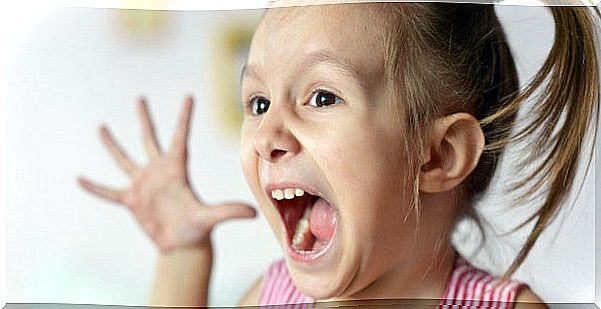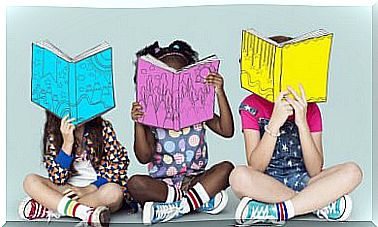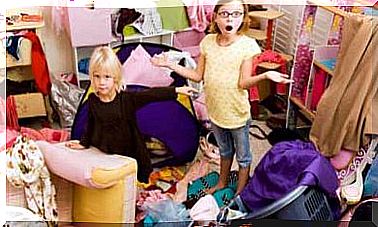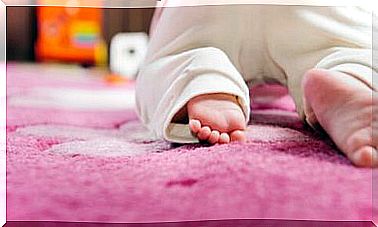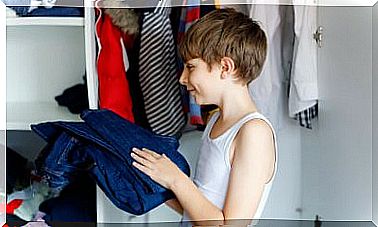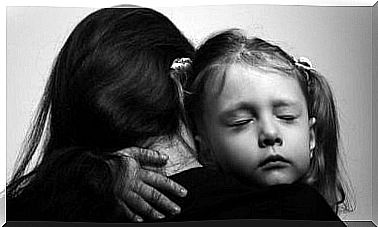How To Deal With Children Who Hit And Bite
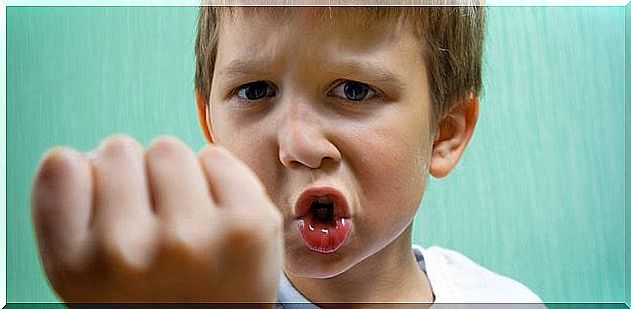
Why are there children who attack others? How to act in front of children who hit and bite? These questions appear frequently in many parents concerned about the apparently aggressive reactions of their children.
Aggression at an early age
The first thing to note is that this aggressiveness is natural and normal at young ages. It is an instrumental aggressiveness, because the child has one goal: to get something he wants. For example, if he wants a toy that someone else has, he hits, bites, or pushes to get it. It is not your intention to harm the other child, but to get the toy.
The young child does not have a complete command of language skills. This condition is coupled with the fact that he lives a stage of his development in which he is centered on himself. It is called the egocentric stage and it prevents you from meeting the needs of others.
To communicate what he wants and what he feels, the child tries different mechanisms. But some of these mechanisms are not adequate for a happy coexistence. When he knows no other way, the little one communicates by hitting and biting.
Being clear about how to act in front of children who hit and bite is very important to promote healthy emotional development. This is the approach in which the adult will position himself to teach the hitting child how to socialize and how to communicate his wishes.
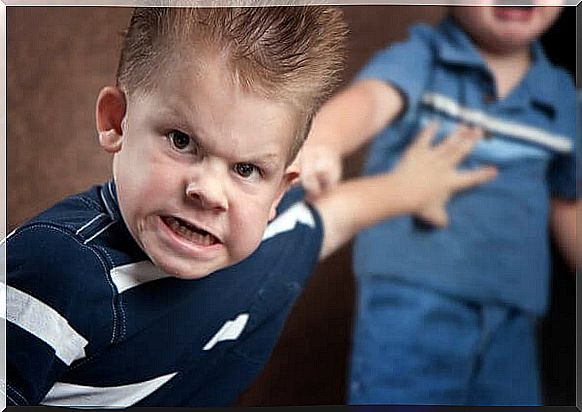
Suggestions for taking action around children who hit and bite
The moment the aggressive episode occurs, you have to act. The adult in charge – the teacher, the mother, the father, the babysitter – will calm the child and talk with him. It will let you know that you understand what happened to you, and that your attitude was inappropriate.
If the child is unable to communicate his emotions with words, the adult will. It is the moment of phrases like: “You are angry, right?”. In this way the little one will feel understood. Then the consequence will come. The adult will tell you clearly: “You must not hit or bite anyone, because you hurt.”
Reparations and penances
Once the child has calmed down, he will be made to understand that his reaction deserves a penance or reparative action: “I understand that you have been upset because your partner did not give you what you wanted. The problem is that you should not hit or bite anyone. We will call him and ask for his forgiveness ”.
Timely teachings
- A very important step that should not be omitted is to teach the child that there are alternative ways to express his desire: “When you want something you must say it in words, kindly”. It is about making him understand that there are other ways to communicate his anger or wishes.
- It is also an opportune moment to stimulate the learning of waiting and patience. “If another child is playing with that toy you want, you can wait for him to put it down and then you play.”
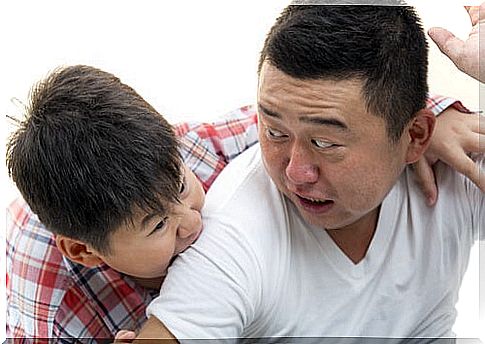
Some “no” to keep in mind
- When intervening in the situation of a child who reacts aggressively, the adult must control his emotions. This especially means not yelling or getting angry. If the adult acts with violence, the child learns violence.
- Rushed and pressured by the current pace of life, many parents tend to let the episodes of children hitting go by. It is quite frequent that, to quickly appease the anger of the child, the father or mother allow themselves to be manipulated and consent to what they want. This is a serious mistake, because the child will get used to the fact that with aggressive behaviors he can get what he wants. Not giving in to capricious demands takes more time and dedication. But it is the right attitude to educate children who hit.
Attend emotional education
Correct emotional development requires models and interventions from adults. Emotional education is a fundamental aspect in early childhood education. And this will allow the child to achieve the appropriate level of emotional intelligence. An emotionally balanced home environment is the foundation. The child learns from role models and his family is always his primary role model. The little one spends several hours at school, therefore, a favorable climate without violence should be required.
Developing emotional skills will allow children who hit and bite to get through this stage. They will be able to assimilate and understand their own emotions and those of others and acquire sufficient skills to regulate their own moods. Their integration into society will depend, to a large extent, on this.
